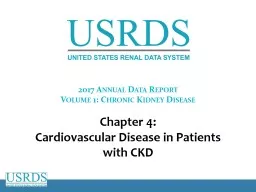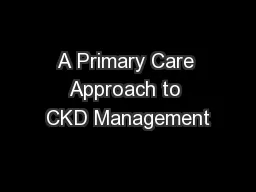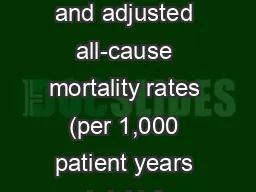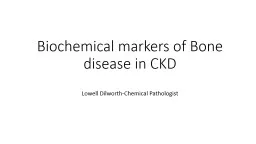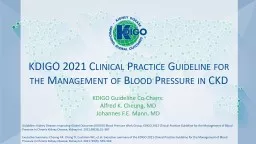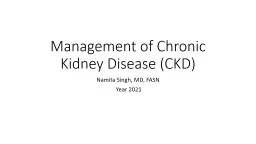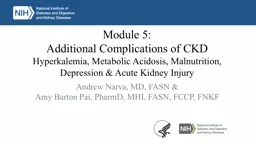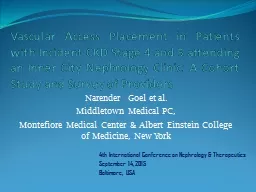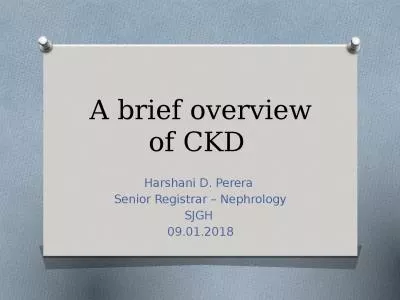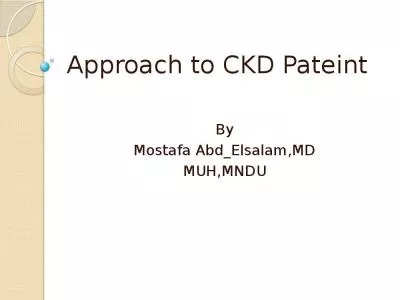PPT-Stage 4 CKD presentation in patients over 75 Years Old differs from that in patients less
Author : debby-jeon | Published Date : 2018-10-29
of Age Hiromichi Suzuki Tsutomu InoueTomohiro Kikuta Yusuke Watanabe Hirokazu Okada Department of Nephrology Saitama Medical University Nephro2014 COI
Presentation Embed Code
Download Presentation
Download Presentation The PPT/PDF document "Stage 4 CKD presentation in patients ove..." is the property of its rightful owner. Permission is granted to download and print the materials on this website for personal, non-commercial use only, and to display it on your personal computer provided you do not modify the materials and that you retain all copyright notices contained in the materials. By downloading content from our website, you accept the terms of this agreement.
Stage 4 CKD presentation in patients over 75 Years Old differs from that in patients less: Transcript
Download Rules Of Document
"Stage 4 CKD presentation in patients over 75 Years Old differs from that in patients less"The content belongs to its owner. You may download and print it for personal use, without modification, and keep all copyright notices. By downloading, you agree to these terms.
Related Documents

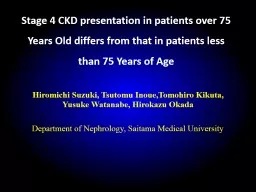
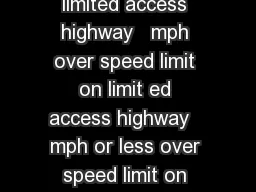
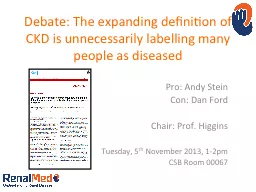
![[18549] – 3D.R.AWe](https://thumbs.docslides.com/558847/18549-3d-r-awe.jpg)
